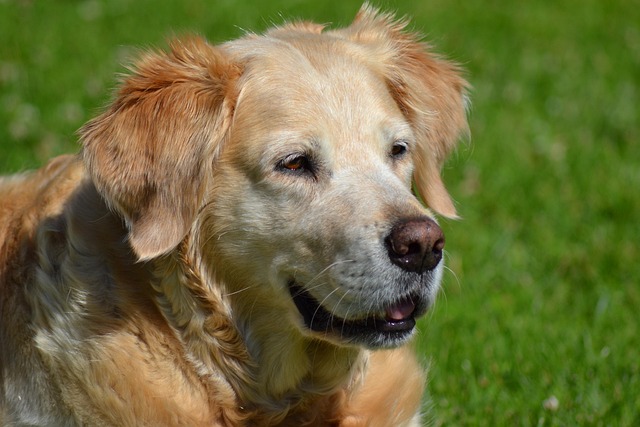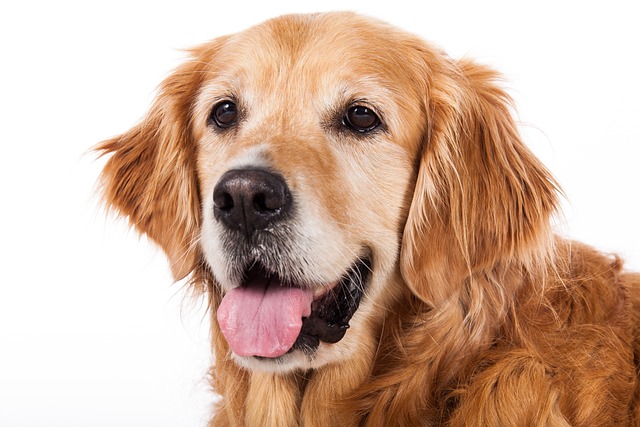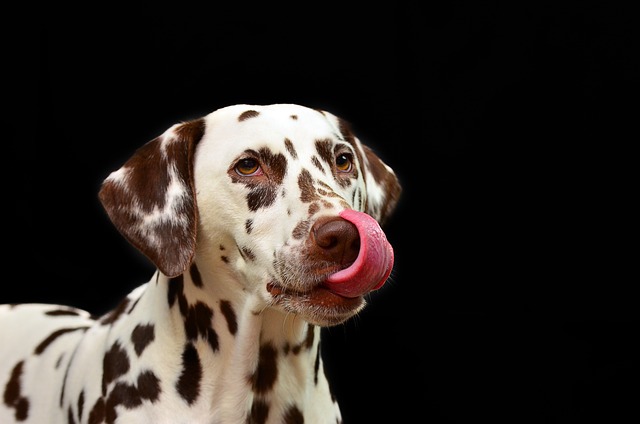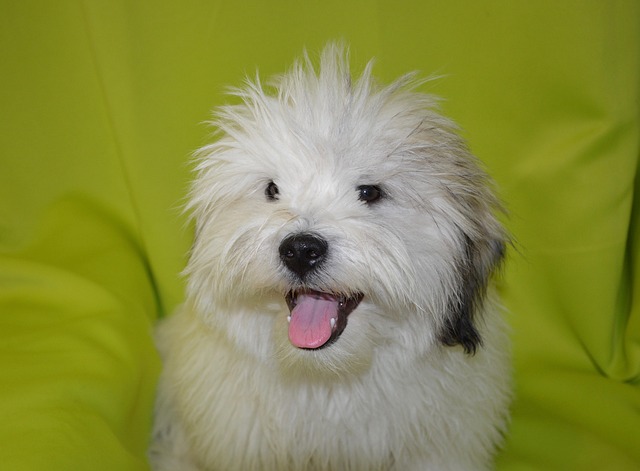
How do you treat respiratory problems in dogs?
Watching your dog struggle to breathe—whether it’s rapid panting, wheezing, or gasping—can be terrifying for any pet parent.
I sat with my friend Jamie on her kitchen floor last week, staring at her 3-year-old Lab mix, Max, who’d turned up his nose at his favorite chicken kibble—something he’d never done before. “He’s also had soft, smelly diarrhea for three days, and his breath smells terrible. Could this be gut issues?” Jamie asked, petting Max’s droopy ears. If you’re a new U.S. dog owner, knowing the signs of poor gut health in dogs is key—your pup can’t tell you their tummy hurts, so their behavior and body give clues. Catching these early helps avoid bigger problems, like chronic diarrhea or even weakened immunity.
To understand why gut health matters, let’s break it down simply: A dog’s gut is full of “good bacteria” (called gut flora) that help them digest food, absorb nutrients, and even fight off sickness. When this balance gets thrown off—from eating something bad (like table scraps), stress, or a change in food—the “bad bacteria” take over, leading to discomfort. Max’s vet explained that poor gut health isn’t just about an upset stomach; it can show up in surprising ways, like skin itching or low energy, because the gut and body are connected. Unlike a one-time stomach bug (which passes in a day), poor gut health signs stick around, telling you something’s off long-term.

Here’s how to spot the signs of poor gut health in dogs, step by step: First, watch their poop—this is the biggest clue. Normal dog poop is firm, brown, and holds its shape; poor gut health means diarrhea (soft, watery, or with mucus), constipation (hard, small pellets), or even blood (bright red or black). Max’s poop was soft and slimy, which Jamie initially thought was “just a stomach ache” but turned out to be a gut imbalance. Second, check their appetite. If your dog suddenly refuses food (like Max) or eats way less than usual—especially for more than 24 hours—that’s a red flag. Some dogs might also beg for food but then walk away, showing they’re hungry but their gut hurts too. Third, notice unusual smells or skin issues. Bad breath (worse than normal doggy breath) or smelly gas can mean undigested food is rotting in their gut. Skin rashes or constant itching can also be linked—Max started scratching his belly more, which the vet said was a sign his gut issues were affecting his skin. Fourth, pay attention to energy levels. A dog with poor gut health might be tired, sleepy, or less interested in play—Max stopped chasing his ball, which was a big change for him.
For apartment living, keep an eye on their potty habits (small spaces make it easier to spot changes) and avoid giving them table scraps (common gut irritants, like onions or garlic, which are toxic to dogs). When walking, always carry poop bags (cities like Los Angeles fine $200 for leaving messes)—checking their poop on walks is a quick way to monitor gut health. Never scold your dog if they have an accident indoors due to diarrhea—they’re not misbehaving, just uncomfortable, and punishment violates U.S. animal welfare standards. Keep their rabies vaccine up to date (required nationwide)—vet visits are the perfect time to mention gut symptoms; your vet might recommend probiotics (good bacteria supplements) to balance their gut, like Max got.
A week after starting probiotics, Jamie texted me a photo of Max eating his kibble again—his poop was back to normal, and he was chasing his ball. Knowing the signs of poor gut health in dogs helps you be your pup’s voice, so they get the help they need fast.

Watching your dog struggle to breathe—whether it’s rapid panting, wheezing, or gasping—can be terrifying for any pet parent.

I sat with my friend Jesse on his Arizona patio last Tuesday, where his 1-year-old Beagle, Buddy, lay listlessly by the water bowl—Jesse held up a soiled paper towel, sighing.

I sat with my friend Alex on his porch last weekend, watching his 18-month-old Border Collie, Charlie, scratch at his paws until they turned pink

When you notice your dog coughing more than usual after a walk in the park, or hear a wheezy sound when they curl up to sleep, it could be a sign of kennel cough—a condition vets see more than any other respiratory issue in dogs.

I sat with my friend Jamie on her kitchen floor last week, staring at her 3-year-old Lab mix, Max, who’d turned up his nose at his favorite chicken kibble

Caring for a dog means staying alert to small changes in their health, and skin issues are some of the most common signs something might be off.